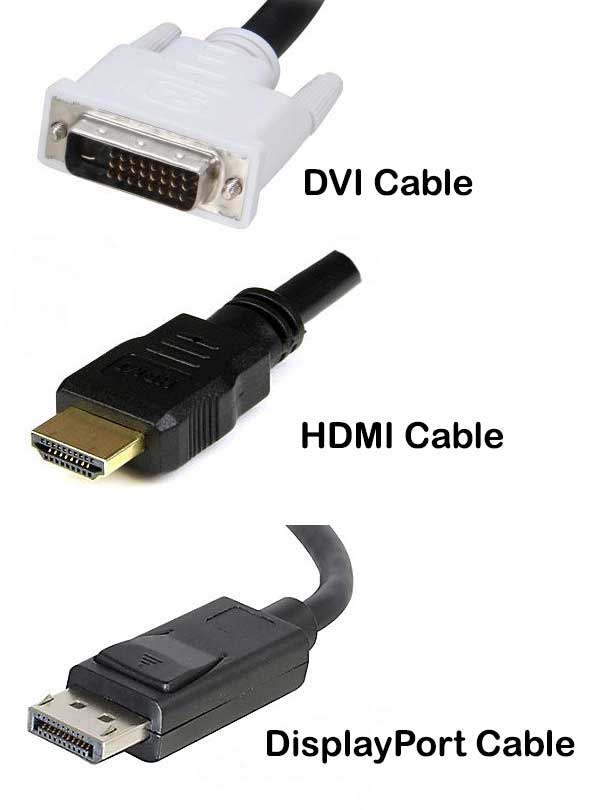
If you read my post, Analog vs Digital, you know I mentioned three different digital connectors. They all have one thing in common: they allow the transfer of a digital signal from a computer to a monitor. So, let’s just look at the differences.
A DVI (Digital Video Interface) connection simply communicates a digital signal from a computer to a monitor. That’s basically it.
An HDMI (High Definition Media Interface) connection can transfer not only digital video but up to 32 channels of audio, also.
A DisplayPort connection is pretty much the same as an HDMI except that with DisplayPort, you can use one connection to run up to four (4) monitors!
There are adapters to change from one type of digital connection to another. Two words of caution regarding cables: 1) there are limitations as to how long a cable can be to transmit a full signal (4K, for example); and, (2) the quality of the cable matters. Cheap cables tend to lose signal strength and/or quality.
Each of these methods comes with a lot of technical jargon as to the data they transmit but, for the average computer user, none of that matters. What counts is the quality of the picture and/or audio you are getting at your computer.
